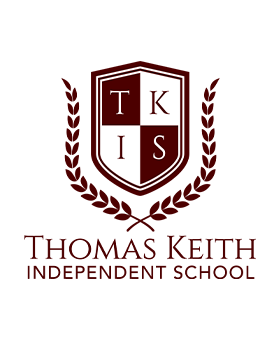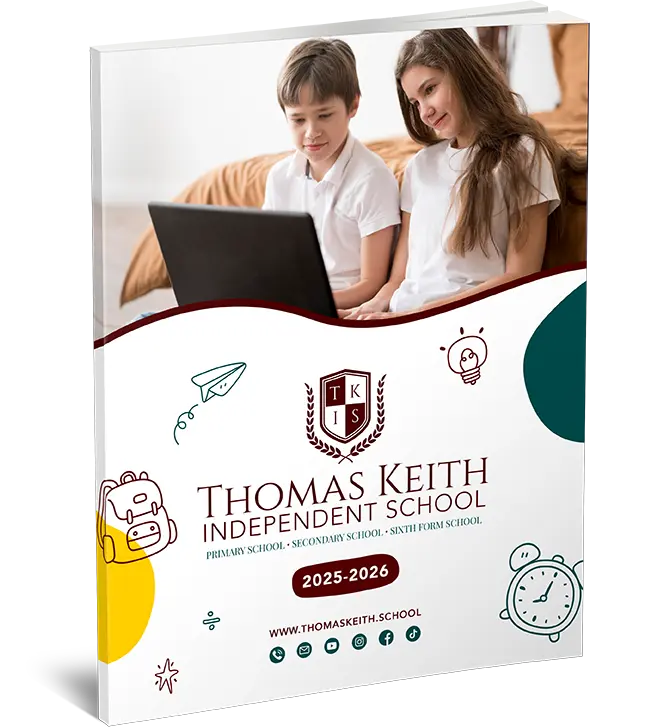
Embracing the Digital Future: Excelling in the Age of Online Schooling
You may feel like you’ve been thrown into a labyrinth with a faint torch when thinking about secondary schools application. Indeed, we comprehend. A lot of “ifs,” “buts,” and “maybes” might make it difficult. We’ll guide you and make sense of it all. Anyway, who knows? Our school may be perfect for your child at the conclusion of this post.
Secondary Education in Britain
Secondary education in the UK moulds, inspires, and piques the brains of 11–16-year-olds (18 if they stay for sixth form). Now, these schools can be state or private. What’s different? You’ll pay nothing for state schools. Local governments run them and use the National Curriculum. Independent schools can teach their own curriculum and are funded by fees and investments.

Applying, you ask?
That million-dollar question. It’s a two-part drama, so wait.
Initial Reconnaissance
Detective effort is needed for this part. You must find nearby schools’ Ofsted reports and decipher their admittance policies. Keep an eye on each school’s catchment area, as it may affect your child’s placement.
School visits are vital to your organisation. Open days and evenings are a great time to check around the campus, interact with staff and get a feel for the school. We welcome inviting potential parents and students to our open days to experience our school.
The Application
Now it’s time to apply. You can apply to state schools through your local council and rate up to six schools. The application window normally opens at the start of the autumn term and closes by October.
Private schools set their own policies. Some require you to express your interest years in advance, while others are spontaneous. Our position? Simple, please. We have a simple online application form with instructions and timelines on our website.
What’s required?
Admission to secondary schools is like a game of musical chairs, especially for top-tier seats. Catchment area, faith criteria, sibling priority, and even a lottery system may determine who gets a space at a school.
Our school prefers clarity. The student’s distance from the school and if they have siblings at the school are considered in our admissions policy. We also have a soft place for special needs kids.
What’s Up with Entrance Exams?
Some secondary institutions, especially grammar and independent schools, require entrance exams. It usually includes an interview and tests English, Maths, and Reasoning.
We look for kids with smarts and spark who can benefit from our well-rounded education and positively impact the school community. Our admissions procedure identifies promising candidates.
Moving to Secondary School
Moving from primary to secondary school is like going from a giant fish in a tiny pond to a small fish in a big lake. It’s thrilling but intimidating. To help kids adjust, most schools, including ours, offer a transition programme.
We’re proud of our extensive transition programme. Children can explore our school, experience a day in our life, and meet possible classmates on taster days. A dedicated transition coordinator works with primary schools and parents to make the move smooth, pleasant, and stress-free.
To conclude, applying for secondary schools can seem daunting, but knowing the process can make it easy. Our school will always help you. We aim to nurture your child academically and personally.
Since it’s not just a school. It’s a community, lifestyle, and launchpad for your child’s future. You’re investing in your child’s bright future when you choose us. Your family is welcome here!
With a gleaming secondary school application form in hand, you’re on the brink of a new journey. We’ll illuminate your way, so no need to goggle at the fine print or pull your hair out over the intricacies. Let’s start with some British-specific tips to give you an edge in the secondary school application process, including some from our own school.
1. Learn the Landscape
The UK’s secondary education system is varied. Independent schools are funded by fees and investments and can define their own curriculum, while state schools are subsidised by local governments and follow the National Curriculum. Knowing the differences might help you choose the best type for your child.

2. Start Early and Right
As the proverb goes, “Time waits for no man.” For secondary school applications, this advice is especially true. The procedure begins in your child’s final year of primary school. Preparing early helps you make smart choices. So put on your detective hat and start researching now.
3. School Research: The Core
What’s the trick to applying to secondary schools? It’s about homework! Local schools should be investigated. What’s their approach? They have what? How do they assist special needs students? How were their exams? Importantly, what do their Ofsted inspection reports say? You can develop a shortlist of schools that meet your child’s requirements and goals with this information.
We value open communication and information at our school. Our teaching method, facilities, and Ofsted reports are available on our website.
4. Deciphering Admission Criteria
Secondary school admissions can be opaque. It doesn’t require codebreaking. The catchment area, faith criteria, sibling primacy, and even random allocation can affect it.
We’re basic at school. Distance from home and siblings in our school are considered. Children with specific educational needs or impairments who fit our requirements are prioritised.
5. School Visits
A school may look wonderful on paper, but it’s important to acquire a feel for the setting. School visits allow you to see what the school is like.
Our school speaks for itself. We conduct numerous open days a year so you may see our vibrant community in action.
6. Record Crucial Dates
Don’t miss deadlines. State school applications commence in autumn and end in October. The timing may vary for independent schools.
We provide an online application form with comprehensive information on the required documentation and application schedule in our institution.

7. Extra Mile Entrance Exams
Some schools, especially grammar and independent ones, require entrance exams. The child’s English, maths, and reasoning skills are tested in these assessments, which may involve an interview.
Our school’s entrance assessment seeks out students who can succeed in our balanced educational environment and contribute to our community.
8. The Leap: Primary to Secondary Transition
For many kids, moving from primary to secondary school is a major step. Transition programmes help schools make this change.
Our transition approach, which includes taster days and a transition coordinator, provides a smooth start for every child.
9. Check Everything Again
Dot the i’s and cross the t’s. Proofread all application forms. Check that all essential supporting documents are included before submitting your application.
We empower children and parents at our school. We hope these recommendations make applying easier and less stressful for you. It’s about building a community, encouraging a healthy lifestyle, and ensuring your child’s success. Start this trip together!







